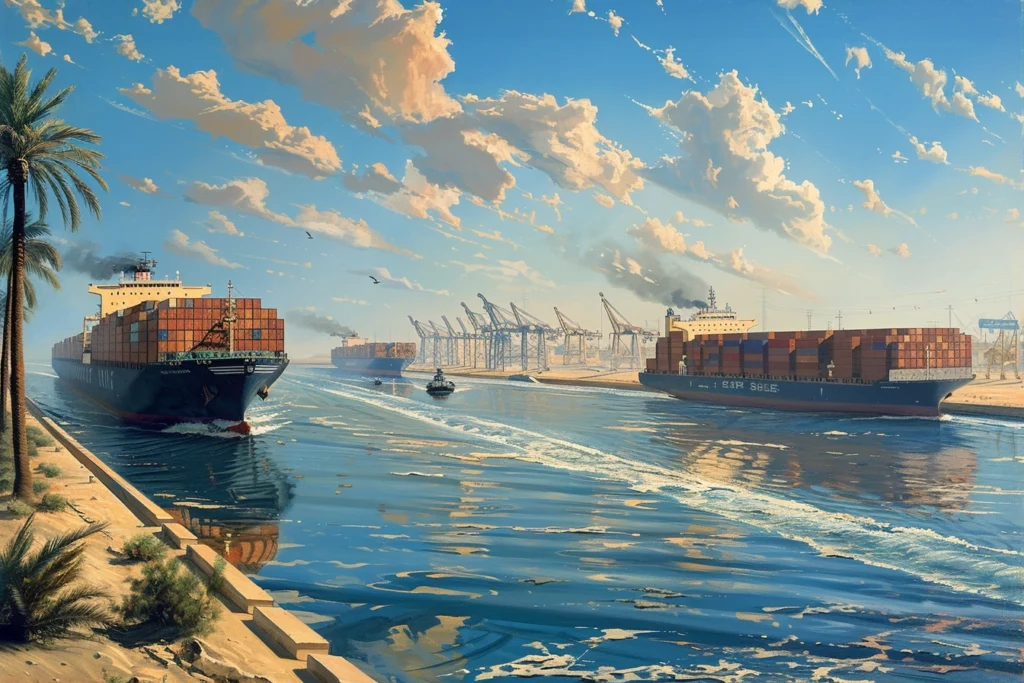The discussion surrounding overhead line trucks, also known as O-trucks or E-trucks, has attracted significant attention in the transportation industry. Particularly last year, when the failure of this million-dollar project made the rounds in the media , one or two tax-paying logistics companies shed tears. “You could have foreseen that” and the supposed dreams of ideology-driven politicians could be read in the comment lines. And this technology isn't really innovative either, because anyone who regularly travels in Eastern European countries such as Poland or the Czech Republic may have already encountered trolleybuses or even trolleybuses. Combustion vehicles with electric drives and overhead lines were developed over 100 years ago.
Originally, overhead line trucks were praised as a promising solution for reducing CO2 emissions in freight transport. However, a closer look reveals numerous weak points and challenges. The reality of overhead line trucks is proving to be much more complex and less efficient than initially assumed. During a pilot test between Lübeck and Reinfeld, CO2 emissions were halved, but these results should not obscure the fundamental problems with this technology.
If you consider the immense costs associated with building a comprehensive infrastructure for overhead lines in Europe, such a project not only consumes enormous financial resources, but also leads to regular road closures due to maintenance work, which brings with it additional economic burdens. In addition, the need for a diesel drive remains, as trucks also have to drive on routes without overhead lines.
New perspectives for infrastructures that have already been invested
But what happens now to the routes that have already been invested in overhead line technology? After all, the taxpayer has already had to invest 190 million euros here and this should not only be seen as an industrial subsidy for the companies involved, but also as an investment in the future and sustainability of our economy. A potential answer to this question could be the key to a possible innovation. Instead of writing off these routes as a bad investment, we could use them as testbeds for advanced technologies that maximize charging efficiency while driving while reducing operating costs.
An innovative approach could, for example, be to specifically use the overhead lines to charge trucks while driving on certain sections of the route. This method would allow electric trucks to be used much more efficiently without having to stop for long periods of time to charge - a process that does not make money and still requires the driver to be compensated.
The eternal waste of taxpayers' money in transport projects
In an environment where the political landscape is increasingly focused on pure electric powertrains and the availability of charging stations remains limited, this form of “dynamic charging” could be truly advanced and efficient. It would allow trucking companies to take advantage of the benefits of electrification without having to rely on lengthy charging stops.
Unfortunately, I don't know whether this could be practical or implemented in any way. But if you don't want to constantly throw tax money out the window on useless projects, then considerations regarding optimization and further development of the projects that have already been paid for are the most obvious thing to do.
Effective use of tax dollars
the history of failed transport projects in Germany is often a chronicle of waste. Billions of taxpayers' money have already been invested in projects whose benefits remain questionable. This fact raises an important question: Shouldn't we require a professional educational standard for certain key positions in ministries? The decision-makers who determine the allocation of such enormous sums should have a deep understanding of the technologies and strategies they advocate.
It is time for us to critically examine the true costs and benefits of transport infrastructure projects and focus on more sustainable, efficient solutions. The vision of sustainable logistics requires innovative ideas that can be implemented in practice and do not come at the expense of profitability and the taxpayer.






